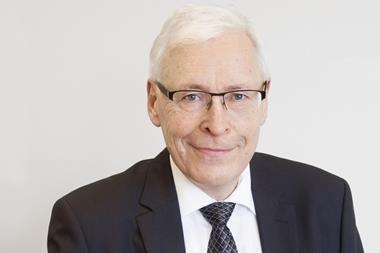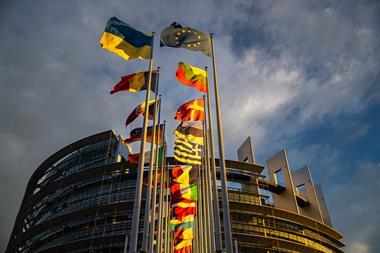CZECH REPUBLIC - Pension providers will have to distinguish client contributions from fund assets if a new consensus between Czech parliamentary parties and industry representatives succeeds.
Currently providers do not have to account separately for individual savers' contributions from their own working capital in the country's voluntary €4.3bn retirement sector.
"We are working together with the ministry of finance and partly the ministry of labour on such changes including the split between own assets of pension funds and deposits of participants," said Jiri Rusnok, pension director of ING in the Czech Republic and Slovakia.
But Rusnok says that the changes will not come into effect this year. "We are still at the preparatory state of these difficult changes." He added that the government officially stated that the first phase of the reform will involve a debate on a further increase of the retirement age to 65 years. Only in the second phase will changes to the voluntary third pillar be considered.
The split of assets is a step towards ensuring more transparency within the pension fund management companies. At the moment it is hard for clients to assess how the final results are influenced by costs the pension fund has incurred, for example in acquiring new clients, and how much of the profit came from actual returns.
"At the moment Czech pension fund companies are more like life insurance companies and this is something which we do not see as the proper structure for long-term regular savings," Rusnok said.
The split in assets is also a first step to ensure higher returns on pension fund saving by using more aggressive investment strategies, explained Rusnok. Currently each person in every pension fund has the same portfolio which is very conservative. This is because Czech private pension providers are obliged to give a positive return every year.
"This guarantee should be released or kept only for those who would like to stay with such a guaranteed profile with low performance," said Rusnok. "There are not many limits in the legislation regarding the investment policies but we are not able to use these quite relaxed limits to be more aggressive in our investment profile because of the guarantees we have to keep for our client on a yearly basis."
With changes to private pension funds, both the industry and the government want to attract more savings in this sector. As Rusnok pointed out, the number of people saving for a private pension is quite high but the volumes most are saving are not enough to ensure sufficient retirement benefits.
The need to increase savings in the private pension sector was also identified in the latest report on the Czech republic by the International Monetary Fund (IMF). Its researchers concluded that "in the absence of early and comprehensive pension and healthcare reforms, a structural balance or a small surplus would be needed" in the budget.
ING itself was "quite pleased" with last year's results in the pension sector. It kept it market share of around 12%. Assets grew significantly by around 20% to €550m. Rusnok estimates that the final profit share for clients will be in the region of 3.6% of the increase in assets compared to a lower peer-average of around 3%.














No comments yet